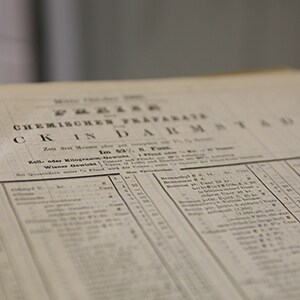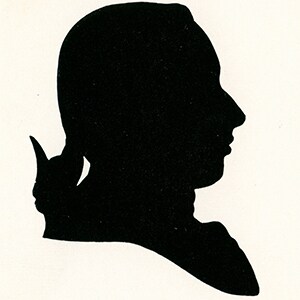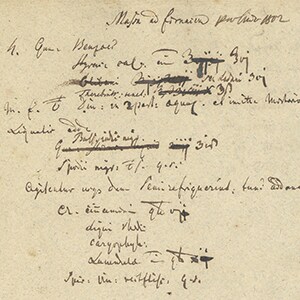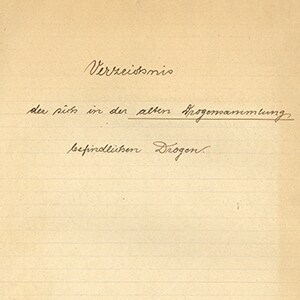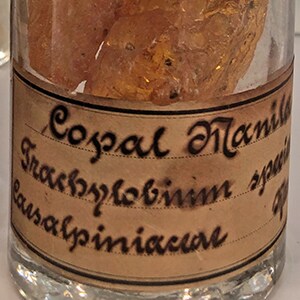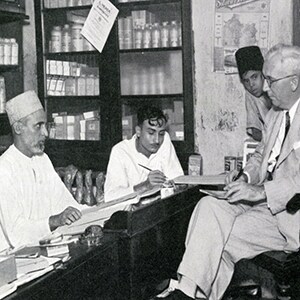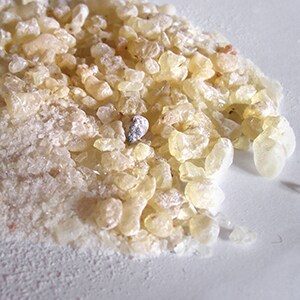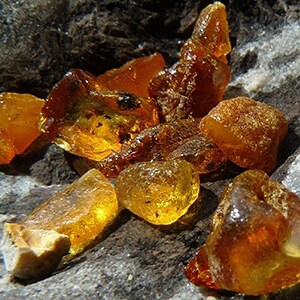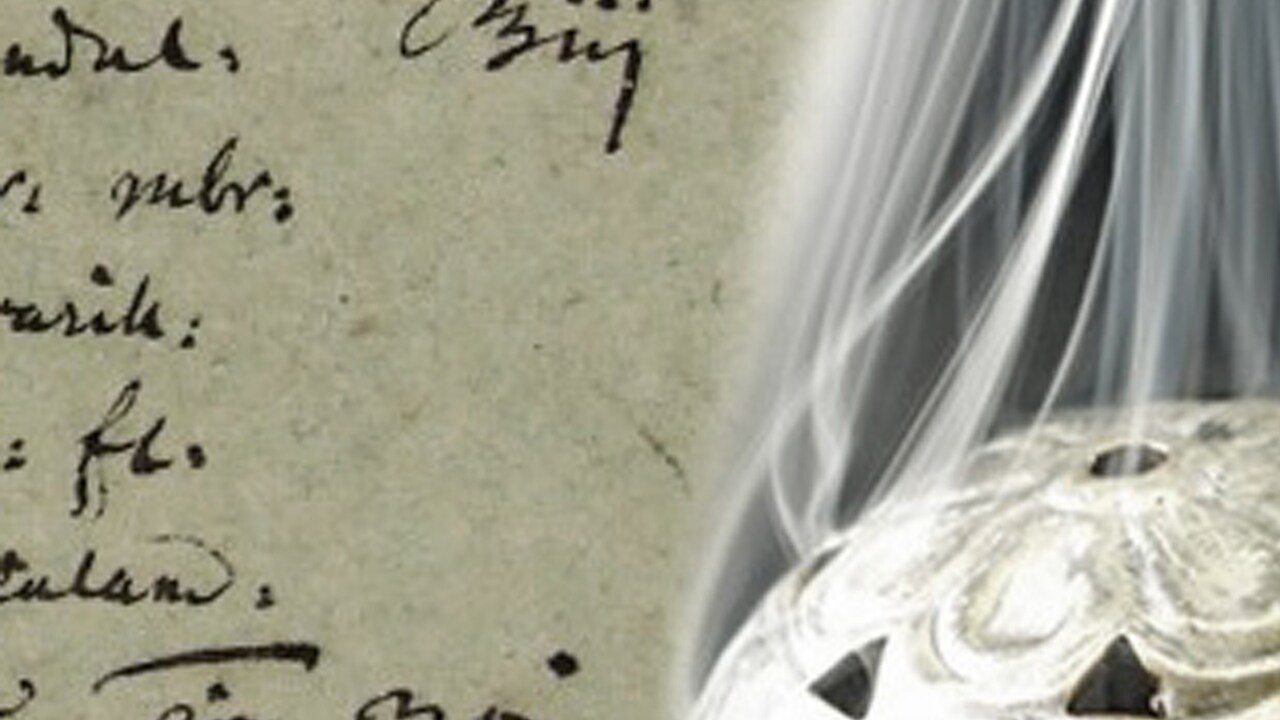
»And when they were come into the house, they saw the young child with Mary his mother, and fell down, and worshipped him: and when they had opened their treasures, they presented unto him gifts; gold, and frankincense and myrrh.«
From the Gospel of Matthew, 2:11, King James Version
The Wise Men from the East have journeyed a great distance. From distant Persia, they have come to Bethlehem – learned men, magi, astrologers who are investigating the course of the stars. According to the Bible, God makes use of their knowledge and provides a star to guide them on their trek. And now they have arrived, called upon to fulfil a mission, to shower the recently born Jesus with gifts of gold, frankincense and myrrh and so to worship him.
The gift of gold is steeped in symbolism. Only the most precious materials on Earth are a suitable offering for the Son of God. Aside from gold, the stargazers from the Orient also bestow aromatic resins upon the Christ child.
In the Bible, myrrh is nearly always mentioned in a positive light. Yet this resinis also associated with Christ’s suffering, for he was offered wine mixed with bitter myrrh before his crucifixion, a concoction intended to dull the pain. Myrrhis also the main component of holy anointing oil. Frankincense (olibanum), the resin of the Boswellia sacra tree, represents the worship of God. The ascensionand dispersion of the unmistakable scent suffuses the senses, symbolizing the unfurling of the divine.
However, these resins are valued for more than just religious and ceremonial purposes; the essential substances contained within, palpable through their natural fragrance, are also highly prized in therapeutic applications. In many countries where the company has been operating since the 19th century, such as China, practitioners of traditional medicine continue to acknowledge such materials to the present day.
The resin galbanum is thought to promote fertility in women when applied asa »local fumigation«, i.e. burned as incest and inhaled. Pharmacopoeias and receptaries describe mastic, the gum resin from the pistachio tree and sarcocollaresin for use in healing wounds. Tragacanth, which the Bible states was transportedfrom Gilead to Egypt by caravan, is a highly coveted substance that is still utilizedas a stabilizer in modern pharmaceutical products, but is also considered to have anti-inflammatory properties. Sandelwood, styrax with its vanilla-like smell, benzoin, and rose petals are particularly popular for use in aroma therapy.
Craftsmen require resin for a wide array of technical purposes. The dried secretion exuded by a various species of pine is known as colophony. Gamboge, a resin shipped to Europe via Canton (Gwangzhou), China, is utilized in illumination as a substitute for gold or as an adhesive for gilding.
The company refines and sells this special natural substance for a wide array of customers.
Resins from across the world canbe found in old company price lists and preparations such as »Pulvis fumans ad fornacem« are described in hand-written receptaries. The oldest surviving manual in the company Archives was written by Johann Anton Merck in 1789.
Historical drug collections illustrate the wide array of often very expensive substances that originated in both the Eastand the West. Only international trade ties allowed such a huge variety of items to be offered. Many of the plant-based materials were collected also due to interest in botanical classification.
Fragrant of citrus, dammar gum comes from India and eastern Asia. Its name comes from Malay and means both tear and light. Galbanum is transported to Europe via Levantine ports in Syria, Persia and the Arabian Peninsula. Balticamber (succinum) is a fossil considered by physicians and pharmacists to be a panacea.

